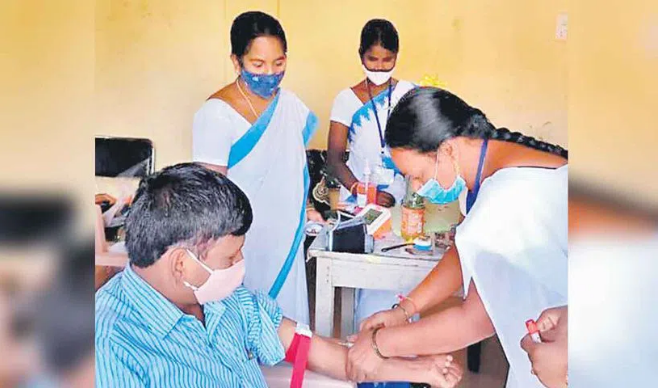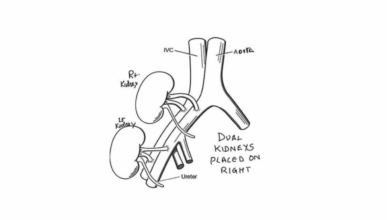Health and Tech: Electronic Health Records — Another tech advantage
Hyderabad: Imagine a scenario where the moment you walk into a government or a private healthcare facility, the care giver, with a few clicks on the computer is able to pull-out your entire healthcare history in a digital format, right from the day you were born to every single visit to the doctor you have made in your entire life, arranged linearly to enable the doctors quickly understand your medical history.
The above scenario may sound a bit disconcerting or even probably raise fears about privacy, safety and data security. Despite these reservations, the healthcare industry is gradually and quite inevitably moving towards fully adopting Electronic Health Records (EHR) and digitizing patient data.
While almost all the superspecialty hospitals in Hyderabad have already embraced EHR systems, government hospitals on their part are gradually, but surely moving in that direction. The quasi-government Nizam’s Institute of Medical Sciences (NIMS) has a few years ago implemented an independent software solution to provide digital laboratory test results, which can be downloaded on a mobile phone by patients.
In March, the Telangana government launched its prestigious ‘Telangana Health Profile’ project in Mulugu and Siricilla districts, which aimed to building digital healthcare records of over 5 lakh individuals in the two-districts. In the coming months, this exercise will be broadened and implemented across all the districts.
Essentially, through the Telangana Health Profile, the State health department has created a massive database of Electronic Health Records (EHRs) of 5,20,301 individuals at Mulugu and Siricilla. Over a span of 70-days, i.e. between March and May, all the physical parameters of all individuals were recorded and blood samples were collected for conducting a battery of tests by nearly 446 teams of health care workers.
As part of creating the EHRs, each individual in Mulugu and Siricilla has received a unique individual ID number. Just like Aadhaar card number, this unique 14-digit ID number identifies the EHR in which the entire medical and even family history of the patient will be available across all government healthcare facilities.
So where is the need for an Electronic Health Record?
The MOHFW in its Electronic Health Records ( EHR) Standards of India, said “The purpose of collecting medical records, includes better and evidence based care, increasingly accurate and faster diagnosis, avoiding unnecessary investigations, robust analytics including predictive analytics to support personalized care, etc”.
As part of efforts to digitize healthcare services, Government of India has launched Ayushman Bharat Digital Mission (ABDM) and has introduced a 14-digit ABHA number that can be used to uniquely identify persons in the digital health ecosystem, authenticate them and link their health records with consent across multiple systems and stakeholders.
Telangana is just a few years away from having such a system where all the government hospitals are connected through a good quality and affordable software system that can safely store vital health care data of patients.









